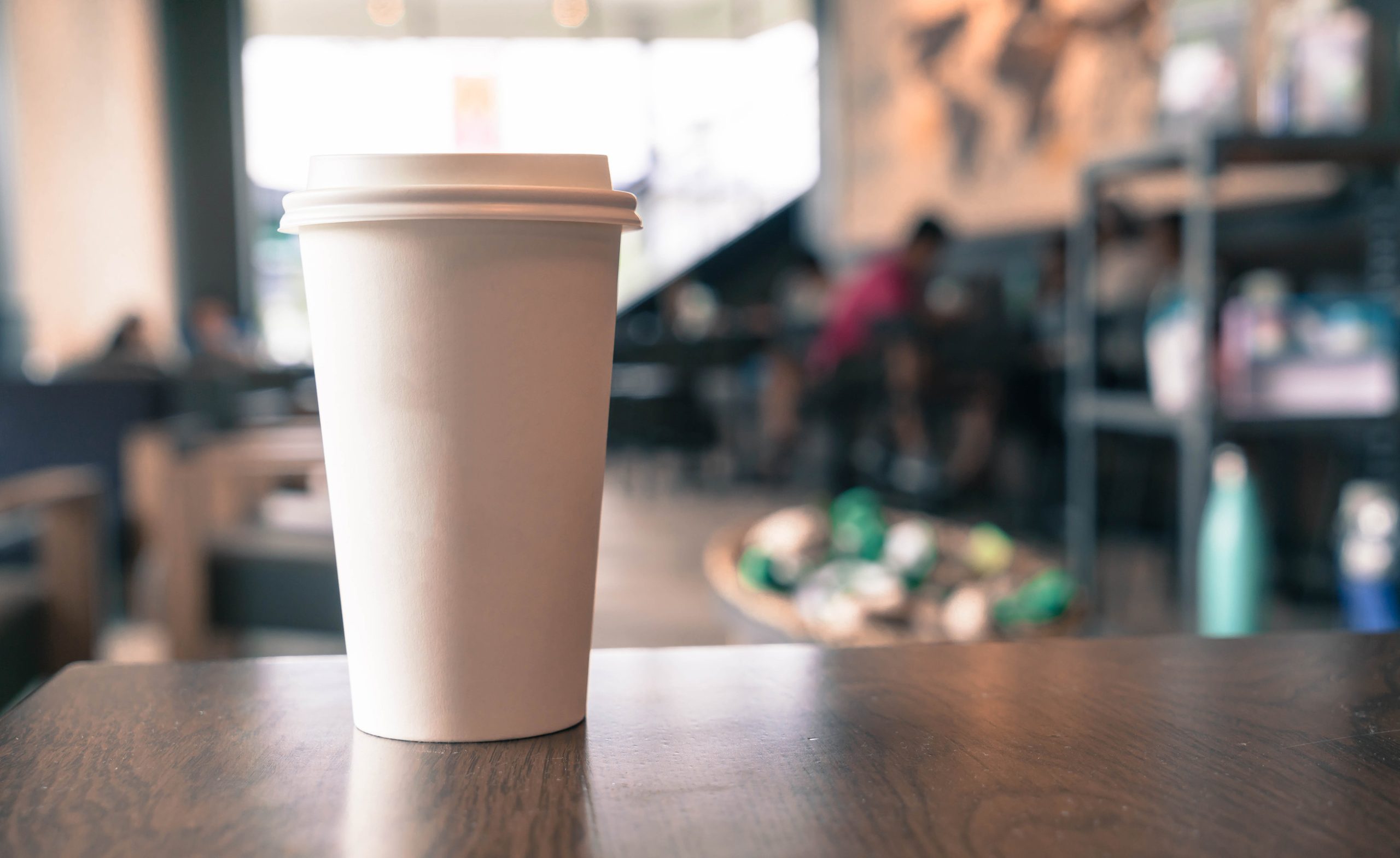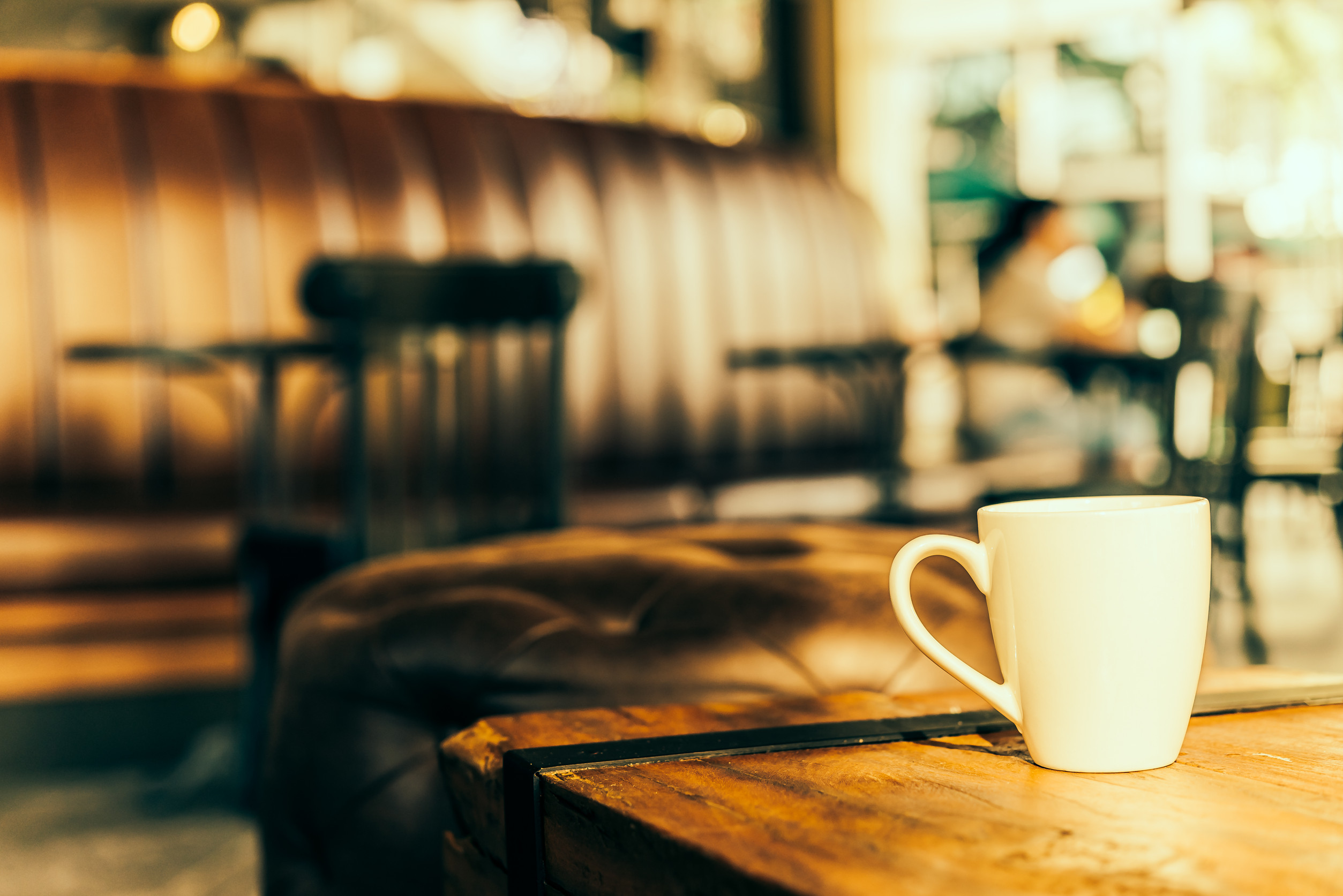In the world of coffee, brand recognition can be deceiving. A well-known name doesn’t always mean a great cup of coffee. In fact, some of the most widely available brands are coasting on reputation rather than delivering quality.
Whether it’s stale beans, burned flavors, or uninspired blends, some brands are letting coffee lovers down.
Starbucks: Burnt to a Crisp
Starbucks may dominate street corners and airports across the globe, but its core coffee offerings are frequently criticized for their bitter, over-roasted taste. Many coffee aficionados argue that Starbucks roasts its beans too dark, sacrificing the subtle notes and natural sweetness found in a quality cup.
Instead of highlighting the origin and flavor complexity of the beans, the coffee often tastes uniformly charred. The mass production process also leads to inconsistencies in flavor, with some cups overly acidic while others are flat and lifeless. Despite the brand’s success in marketing and café atmosphere, the actual coffee often fails to impress those with more refined palates.
Folgers: Stuck in a Time Capsule
For decades, Folgers has been a staple in American kitchens—but its nostalgic jingle can’t hide the fact that the coffee tastes like something from a bygone era. The brand relies heavily on pre-ground blends that lose flavor rapidly, leading to a stale and lifeless brew. It also uses lower-grade beans, often Robusta rather than the more desirable Arabica, which contributes to a harsher, more bitter taste.
Even when brewed fresh, Folgers coffee often carries a musty or cardboard-like aftertaste that leaves little to be desired. In a time when specialty roasts are easily accessible, Folgers feels outdated and uninspired.
Dunkin’: More Sugar Than Substance
Dunkin’ might be a fan favorite for its doughnuts and sugary drinks, but its black coffee often leaves much to be desired. While the company has made efforts to rebrand itself as a coffee destination, the actual brew remains weak, watery, and one-dimensional. The beans used tend to lack complexity, often resulting in a bland cup that relies heavily on cream and sugar to become remotely palatable.
For those who drink their coffee black or lightly sweetened, the lack of depth is glaring. Without its menu of flavored syrups and additives, Dunkin’s coffee can’t stand on its own.
Maxwell House: Good to the Last Drop? Not Quite.
Maxwell House has long claimed to be “good to the last drop,” but many coffee drinkers today would beg to differ. The brand primarily uses cheap Robusta beans, which contribute to a flat, rubbery taste with almost no nuance. While it’s certainly affordable, that low price point often comes at the cost of freshness and flavor. The coffee also tends to have a gritty mouthfeel, particularly when brewed in a drip machine or percolator. As coffee culture evolves, Maxwell House seems stuck in the past, delivering a brew that’s more about nostalgia than quality.
Green Mountain: K-Cup Convenience, Flavor Sacrificed
Green Mountain is best known for its role in popularizing the Keurig system, but the convenience of K-Cups often comes at the expense of taste. The pre-packaged pods contain ground coffee that’s far from fresh, and the result is a brew that tastes stale and muted. Even premium-labeled Green Mountain blends often lack the rich aroma and vibrant flavors found in freshly ground coffee. The company also over-relies on flavored options, masking the actual coffee quality with artificial tastes like hazelnut or French vanilla. For those seeking a bold, authentic coffee experience, Green Mountain usually falls flat.
Seattle’s Best: A Misleading Name
With a name like Seattle’s Best, expectations are understandably high—but unfortunately, the product rarely lives up to its billing. The coffee often tastes over-processed, with a lingering bitterness that overshadows any positive notes. Despite being owned by Starbucks, the brand doesn’t benefit from higher-end sourcing or roasting techniques. Its beans are typically medium-dark roasted to the point of dullness, stripping away any delicate flavors. The end result is a coffee that feels more generic than premium, belying the promise of its name.
The Problem with Big Coffee
Many of these well-known brands prioritize scalability over quality, opting for shelf stability and mass appeal instead of craftsmanship. As coffee consumption has grown, the focus has often shifted to convenience, with flavor and freshness falling by the wayside. Lower-quality beans, excessive roasting, and poor packaging practices lead to a cup that lacks soul.
These companies rely on marketing to maintain their image, rather than investing in better sourcing or roasting practices. It’s a missed opportunity, especially in an era when independent roasters are proving how incredible coffee can truly be.
What to Look for Instead
Great coffee doesn’t have to be a mystery—or a luxury reserved for connoisseurs. Look for roasters that clearly label origin, roast date, and bean variety, as these are often signs of transparency and quality. Whole beans are always a better choice over pre-ground, as they retain flavor much longer when stored properly.
Small-batch roasters also tend to emphasize freshness and unique profiles, offering coffee that actually tells a story with every sip. In a market filled with forgettable brews, these options stand out for all the right reasons.
Share Your Brave, Brew Truth
The world of coffee is more diverse than ever, and not all famous brands deserve their spotlight. While these six may dominate shelves and headlines, they often fall short where it matters most: taste. With so many better options available, settling for subpar coffee just doesn’t make sense anymore.
Consumers have the power to demand more from the brands they support, and to discover better coffee in the process. Have a favorite underrated roaster or a big brand you think is overrated? Add your thoughts in the comments below.
Read More
6 Ways to Get Free Starbucks (No Gimmicks, Just Rewards)
The Worst Coffees People Keep Buying (And What to Get Instead)


